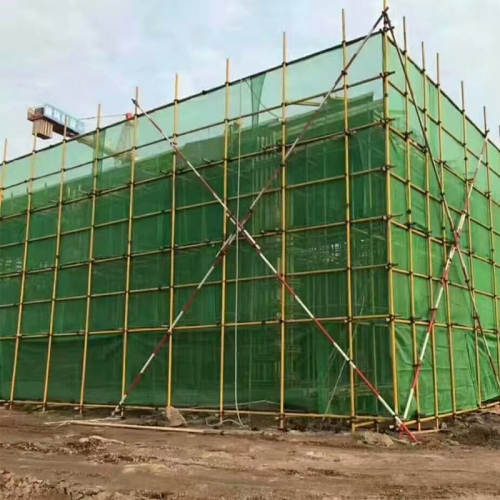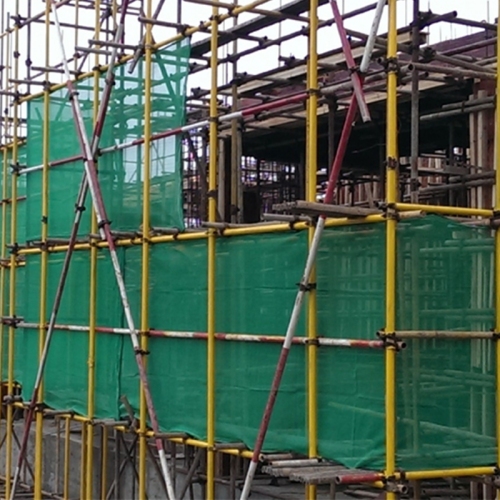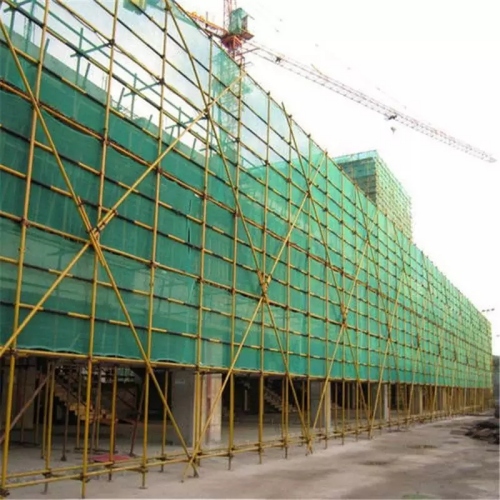- English
- Español
- Português
- русский
- Français
- 日本語
- Deutsch
- tiếng Việt
- Italiano
- Nederlands
- ภาษาไทย
- Polski
- 한국어
- Svenska
- magyar
- Malay
- বাংলা ভাষার
- Dansk
- Suomi
- हिन्दी
- Pilipino
- Türkçe
- Gaeilge
- العربية
- Indonesia
- Norsk
- تمل
- český
- ελληνικά
- український
- Javanese
- فارسی
- தமிழ்
- తెలుగు
- नेपाली
- Burmese
- български
- ລາວ
- Latine
- Қазақша
- Euskal
- Azərbaycan
- Slovenský jazyk
- Македонски
- Lietuvos
- Eesti Keel
- Română
- Slovenski
- मराठी
- Srpski језик
The importance of scaffolding safety nets


On construction sites, working at heights is considered one of the most dangerous types of work. Without proper safety measures in place, workers who fall from height can suffer serious injuries or even death. This is where scaffolding safety nets come in - they provide a physical barrier that can prevent workers from falling off the scaffolding and help to cushion them in case of an accident.
Scaffolding safety nets are typically made from high-strength materials such as polyethylene or polypropylene. They are designed to be highly durable and tear-resistant, and can withstand harsh weather conditions and exposure to sunlight.


In addition to their safety benefits, scaffolding safety nets can also provide other benefits on construction sites. For example, they can help to reduce the amount of debris and dust that falls from the work area, making the site cleaner and safer.
Scaffold safety nets are typically made of special materials that have certain qualities and characteristics to ensure their effectiveness as a safety measure on construction sites.
One of the key characteristics of scaffold safety nets is their toughness, wear resistance, and tensile strength. These qualities allow the netting to withstand impact forces and weight pressure, ensuring that workers are adequately protected from falls and other accidents.
Scaffold safety nets also have certain permeability and UV-blocking properties that can reduce the impact of high temperatures on workers' operations during the summer months. This helps to create a more comfortable and safer working environment for workers operating at heights.
In addition, scaffold safety nets are also resistant to fire, water, dust, and other environmental factors, ensuring that they maintain their functionality in a range of different conditions. This helps to ensure a consistently safe working environment for construction workers.
Overall, scaffold safety nets are an important safety measure on construction sites, providing key protection for workers at heights. Their specific characteristics - including toughness, wear resistance, tensile strength, permeability, UV-blocking properties, and resistance to fire, water, and dust - all contribute to their effectiveness in protecting workers and creating safer construction sites.



